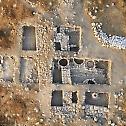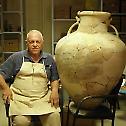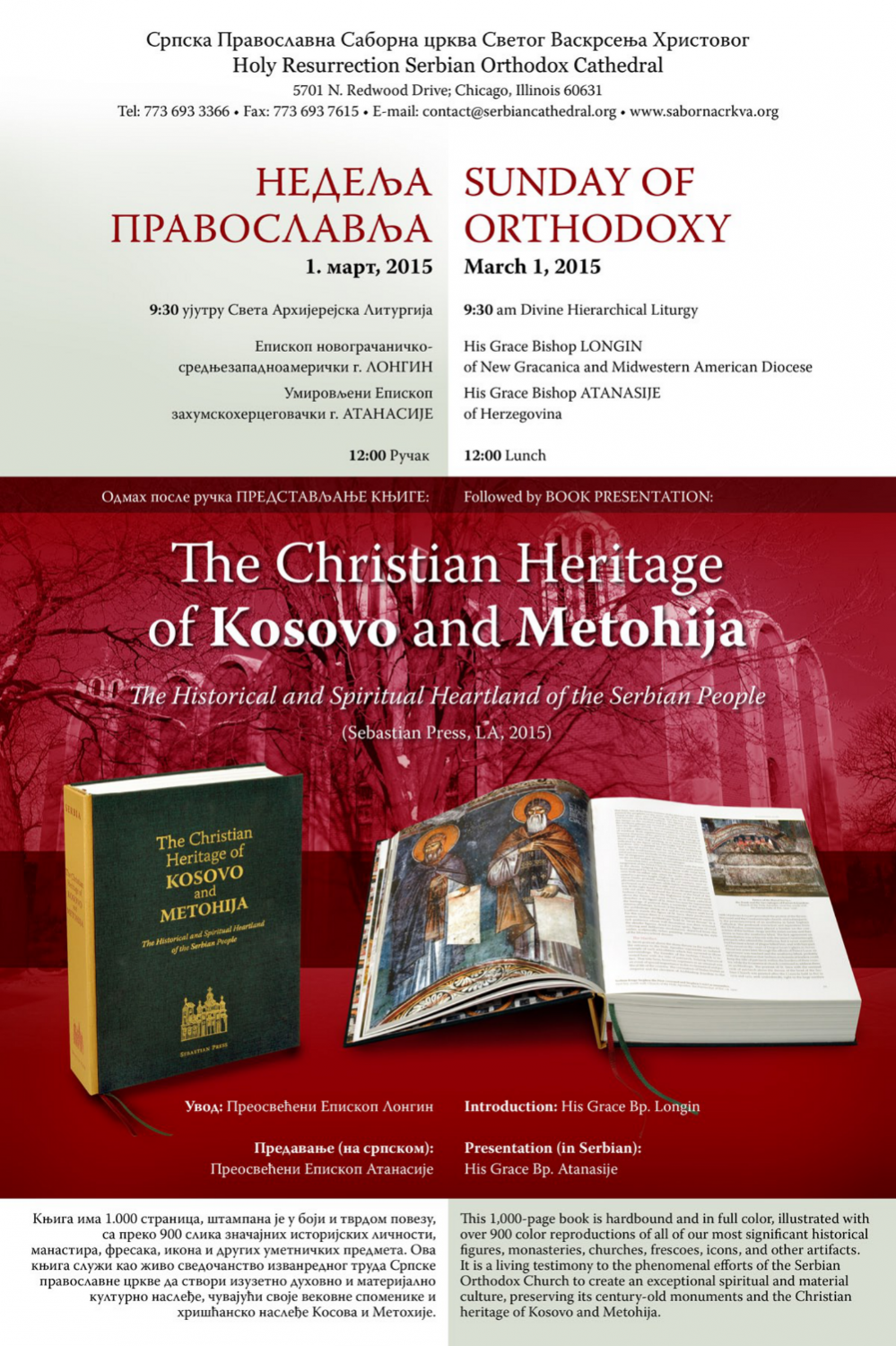Science
The Fathers of Nicea: Why Should I Care?
26. May 2015 - 9:43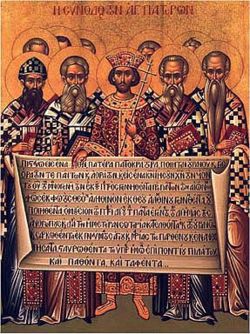 Those for whom ancient history is irrelevant and who equate “old” with “out-dated” (or better yet, “medieval” with “barbarically primitive”) will have trouble appreciating the Fathers of the First Council of Nicea, since they met and produced their work well over a thousand years ago, in 325 AD. How could a creed so old be remotely relevant today? Accordingly, some churches have produced their own creeds, such as the United Church of Canada, which produced its own creed for alternative use in 1968. It is a cautionary tale, for it began “Man is not alone; he lives in God’s world” and they soon enough found that political correctness demanded its alteration to “We are not alone; we live in God’s world”. Among other things, the Fathers of Nicea declared the full divinity of Jesus of Nazareth by saying that He was homoousios with the Father—of the same essence as Him. Later attempts to create consensus would suggest that maybe it could be said that Jesus was homoiousios with the Father—“of like essence.” After all, it has been pointed out, it only involves the difference of one letter, and a tiny one at that. Why fight over a single iota, a single “i”? Who would care? Why should any sensible person get worked up over whether the pre-incarnate Word was homoousios with the Father or homoiousios? The ruckus of Nicea and afterward only went to prove how miserable and contentious those Christians were.
Those for whom ancient history is irrelevant and who equate “old” with “out-dated” (or better yet, “medieval” with “barbarically primitive”) will have trouble appreciating the Fathers of the First Council of Nicea, since they met and produced their work well over a thousand years ago, in 325 AD. How could a creed so old be remotely relevant today? Accordingly, some churches have produced their own creeds, such as the United Church of Canada, which produced its own creed for alternative use in 1968. It is a cautionary tale, for it began “Man is not alone; he lives in God’s world” and they soon enough found that political correctness demanded its alteration to “We are not alone; we live in God’s world”. Among other things, the Fathers of Nicea declared the full divinity of Jesus of Nazareth by saying that He was homoousios with the Father—of the same essence as Him. Later attempts to create consensus would suggest that maybe it could be said that Jesus was homoiousios with the Father—“of like essence.” After all, it has been pointed out, it only involves the difference of one letter, and a tiny one at that. Why fight over a single iota, a single “i”? Who would care? Why should any sensible person get worked up over whether the pre-incarnate Word was homoousios with the Father or homoiousios? The ruckus of Nicea and afterward only went to prove how miserable and contentious those Christians were.
Where does humanistic culture lead?
9. March 2015 - 14:23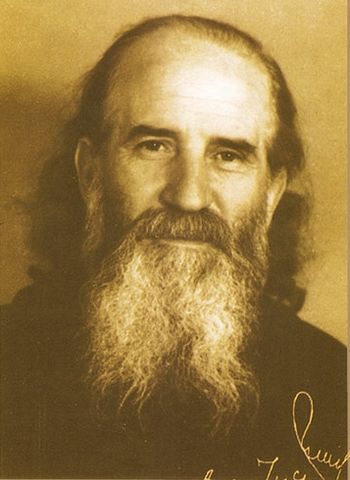 St. Justin Popovic (April 6, 1894-April 7, 1979) survived two world wars in Serbia, and in this treatise on European culture he discerns the problems with the European worldview that led to such a human disaster, and touches upon the probable future.
St. Justin Popovic (April 6, 1894-April 7, 1979) survived two world wars in Serbia, and in this treatise on European culture he discerns the problems with the European worldview that led to such a human disaster, and touches upon the probable future.
Theanthropic culture transfigures man from within, and thereby likewise influences his external condition. It transfigures the soul, and by way of the soul, it transfigures the body. According to this culture, the body is the temple of the soul, and it lives, moves and has its being through the soul. Take away the soul from the body and what will remain other than a stinking corpse? The God-man first of all transfigures the soul, and subsequently also the body. The transfigured soul transfigures the body; it transfigures matter.
Israel: Biblical Libnah Iron Age settlement from Kingdom of Judah "found" in Tel Burna
27. February 2015 - 10:00The Kingdom of Judah was a state established in the historical Land of Israel around 930 BC. It was known as the southern kingdom and included cities such as Jerusalem, Hebron, Lachish and Beersheba.
According to biblical accounts, Libnah was one of the places where the Israelites stopped during the Exodus, which subsequently became a town in the Kingdom of Judah.
Metropolitan Amfilohije Doctor HONORIS CAUSA of the Orthodox Spiritual Academy of St. Petersburg
12. February 2015 - 10:06Rector of the Orthodox Spiritual Academy of St. Petersburg Archbishop Ambrosius of Peterhof awarded Metropolitan Amfilohije of Montenegro and the Littoral with a doctor's cross and a diploma of Doctor Honoris Causa of this eminent church and educational institution, at the ceremony in St. Petersburg on 11 February 2015.
The high distinction was given to Metropolitan Amfilohije on 13 June 2014 by the decision of the Scientific Council of the Saint Petersburg Spiritual Academy, and was approved by Metropolitan Varsonufry of St. Petersburg and Ladosh. Many guests of the Academy, representatives of the church, scientific and cultural life of the northern Russian capital, among which was also Archbishop Jovan (Vranisovski) of Ohrid.
Sunday of Orthodoxy in the Diocese of New Gracanica and Midwestern America
11. February 2015 - 13:59
Site of Jesus’s trial may have been uncovered in Jerusalem
4. February 2015 - 13:48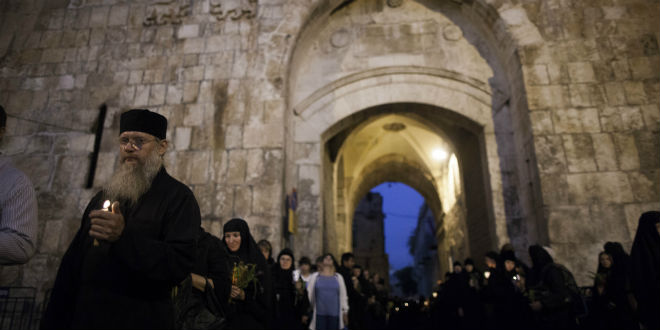 “And David dwelt in the stronghold, and called it the city of David.
“And David dwelt in the stronghold, and called it the city of David.
And David built round about from Millo and inward.” (2 Samuel 5:9)
Archaeologists have announced they may have uncovered the precise location of Jesus’s trial, and it’s not along the traditional Via Dolorosa path, Haaretz reported.

